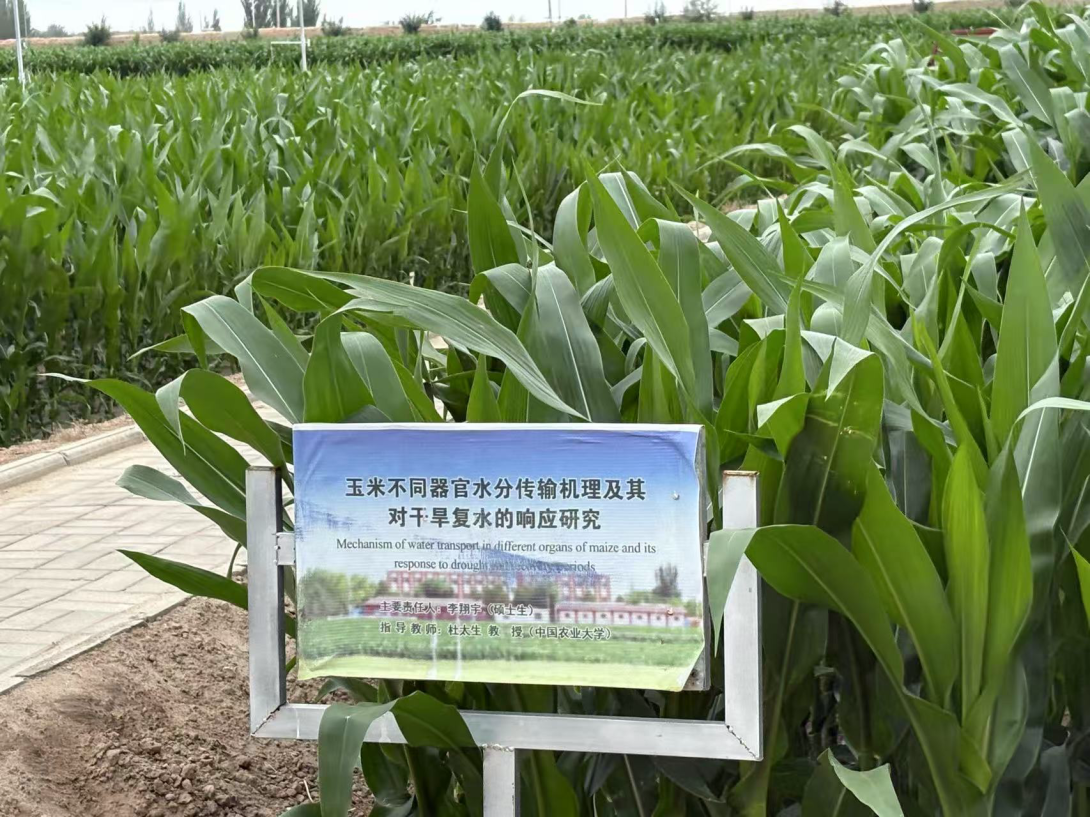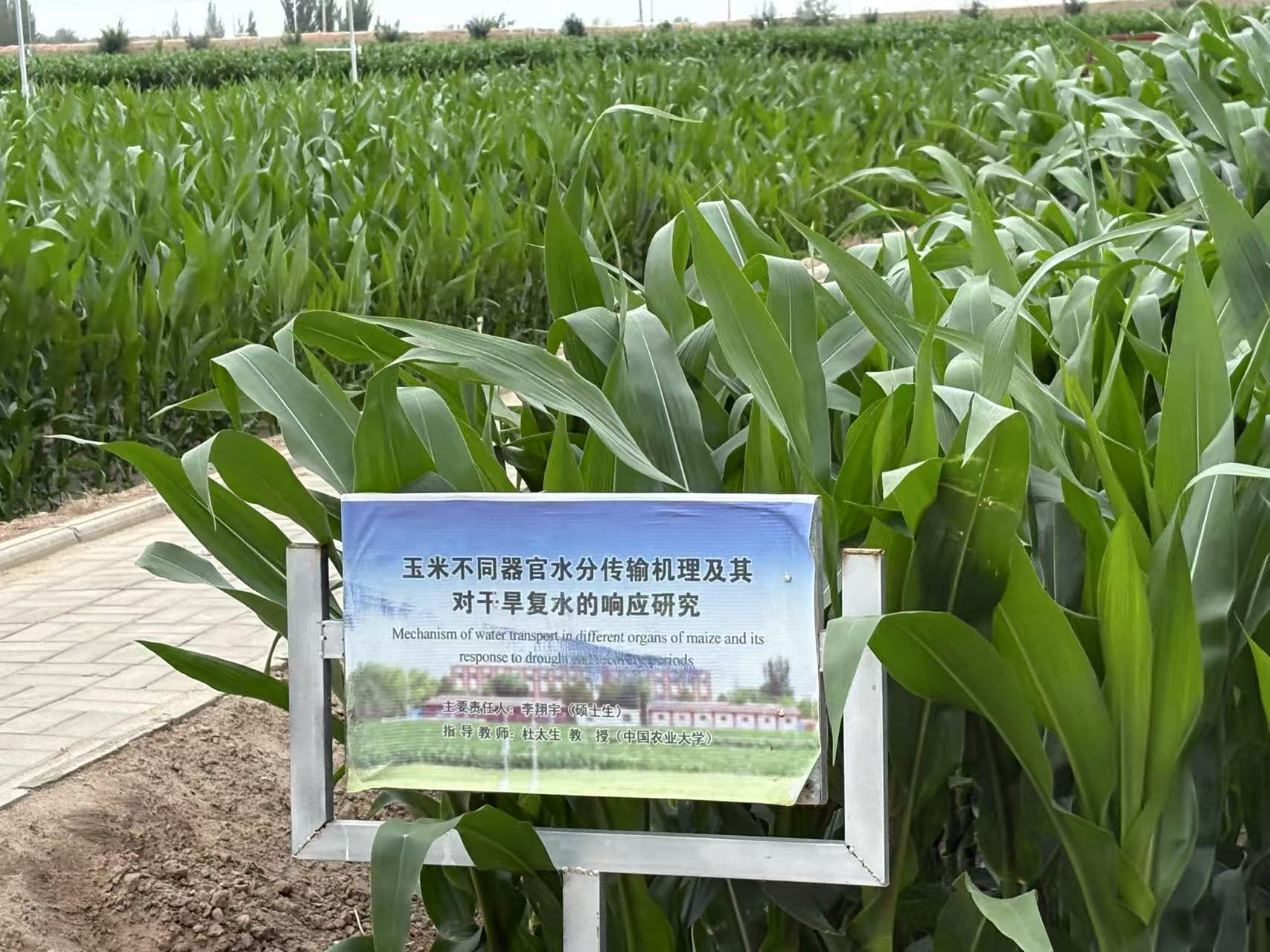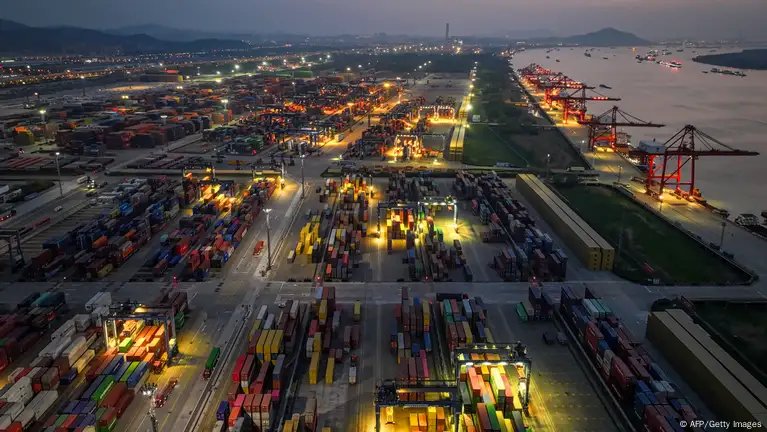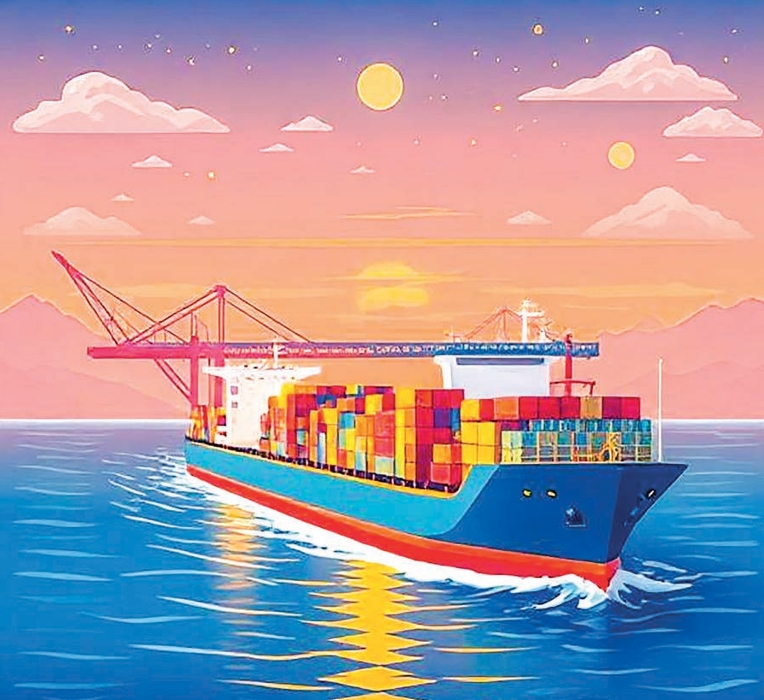China’s Desert-to-Farmland Transformation Offers Lessons for Myanmar’s Agricultural Development
Posted_Date
Image

Body
As a PhD student at China Agricultural University (CAU), I had the privilege of visiting the Shiyanghe Experimental Station in Gansu Province, where groundbreaking agricultural innovations are turning barren deserts into thriving green fields. This experience offered profound insights into water-saving technologies, drought-resistant farming, and sustainable land rehabilitation practices that could revolutionize agriculture in Myanmar’s Central Dry Zone, where water scarcity and desertification pose similar challenges.
Innovation, Transformation, and Resilience for Sustainable Agriculture
The Shiyanghe Experimental Station was conducted by China Agricultural University (CAU), located in Wuwei City, Gansu Province, in northwest China (37°51′ N, 102°52′ E; 1,581 metres above sea level). The area is characterized by low precipitation (around 164 millimetres annually) and high evaporation rates up to 2,000 millimetres, and is also known for high temperatures in summer, windy and dry weather. This station serves as a landmark of forward-thinking design and steadfast resilience.
I was particularly impressed by the innovative research being conducted to address drought and salinity stress. This research mainly contributes to a better understanding of drought resistance and supports sustainable water management systems in arid regions. This study focuses on the challenge of maintaining maize productivity in arid regions facing water shortages and soil salinization. Among all research, the one that uses maize genotypes (Xianyu 335 and Zhengdan 958) under different irrigation, drought, and salinity treatments this kind of research is a pivotal role in identifying drought-resistant crop varieties and optimizing agricultural practices in extreme climates. Myanmar can adopt similar research methodologies; it will be immensely improved by the Myanmar Climate Smart Agricultural Strategy (MCSAS).
Shiyanghe, mainly focuses on advanced water-saving technology such as drip irrigation, rainwater harvesting, mulching, and soil moisture monitoring. The precision irrigation (like smart drip irrigation) delivers water directly to the roots, improving moisture consistency and nutrient absorption. These techniques have significantly enhanced crop performance, demonstrating that effective management strategies can overcome climate limitations. Promoting research on drought-resistant crops and advanced monitoring technologies would enhance agricultural resilience.
My field observations extended to the long-term agricultural experiments, where innovative water conservation strategies are making a significant impact. Applying advanced technologies like shallow drip tape irrigation technology and smart pipeline robotic frames to monitor crop health and photosynthesis rates under drought conditions. By applying these water-saving techniques and research methodologies will leverage initiatives, such as Climate Smart Agriculture Myanmar and the Pyawt Ywar Pump Irrigation ongoing project. I learned how community efforts can transform from dune into green land. Policies supporting such research and advanced technology support to local farmers would empower them to better withstand drought conditions, ultimately improving productivity.
This long-term field experiment was established (since 2003), one of the experiments, which was a randomized complete block design with three replicates. Mainly focuses on the wheat, maize and faba bean. The experiment treatments include: (1) monoculture, (2) rotational intercropping, and (3) continuous intercropping. In the early four years (2003-2006) of field experiments, maize overyielded by 43 per cent and faba beans overyielded by 26 per cent when intercropped on a low-phosphorus but high-nitrogen soil.
Compared with conventional farming methods, the intercropping system can save approximately 200 cubic metres of water per mu. This success long term experiments offer valuable lessons for Myanmar.
Huarui Farm (华瑞农场) in Minle County, Gansu Province, China, is known for its modern agricultural practices, particularly in maize, soybean production and other high-value crops. It is also promoting water-saving irrigation technologies, including drip irrigation and a fertigation system in sandy soil. Fertigation integrates fertilizers into irrigation water, delivering nutrients directly to the plant root zone. Up to 30-50 per cent less fertilizer waste compared to broadcasting. Drip fertigation reduces evaporation and runoff. These modern techniques place as a role model to save water and fertilizer runoff in the dry zone.
My journey to Gansu Province was more than just an educational experience; it was eye-opening. I learned how innovative practices and community-driven efforts can transform even arid environments into lush farmland. The central dry zone of Myanmar shares many similarities with Gansu’s topography, making the lessons from the experimental station invaluable for enhancing Myanmar’s agriculture. By embracing these strategies, Myanmar can overcome its challenges and achieve long-term economic growth while improving livelihoods for its communities.
GNLM






